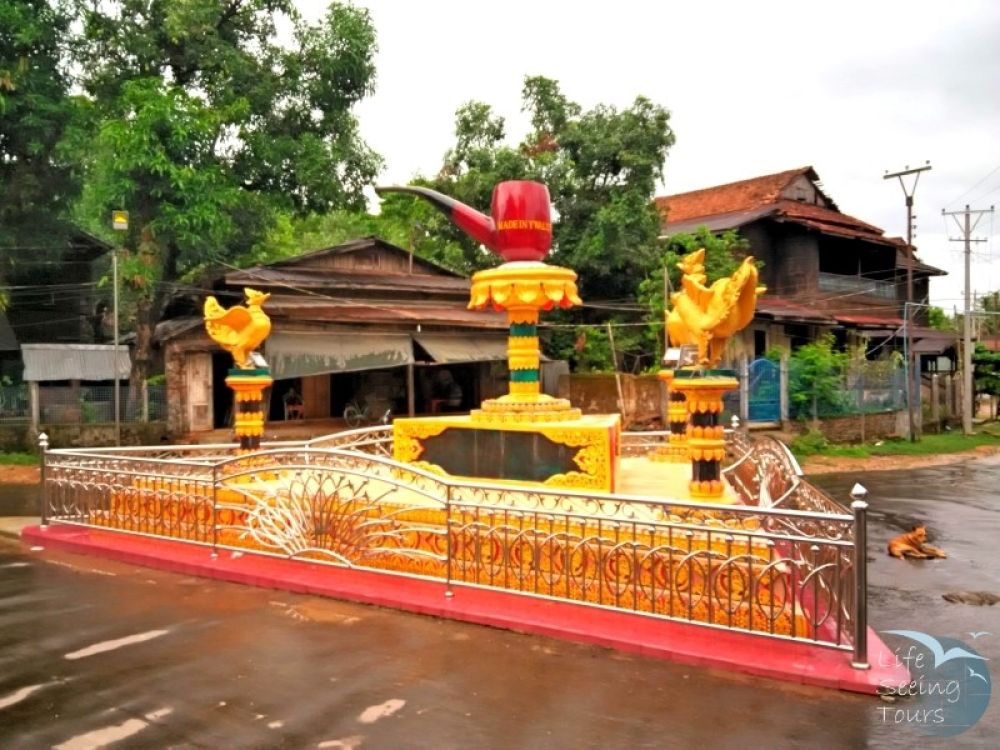

Located near Mawlamyine in Mon State, Myanmar (Burma), Bilu Island - also known as Bilu Kyun - is a hidden gem that is slowly gaining recognition among travelers. This large island is known for its scenic beauty, rich cultural heritage, and friendly inhabitants. With the longest bridge in Myanmar, connecting Mawlamyine to Chaungzon, it’s become more accessible to the public.
For many years, Bilu Island remained an off-the-beaten-path destination known mostly to locals. The tourism industry on the island is still in its infancy, with community-based tourism starting to gain traction. The historical isolation of the island due to limited infrastructure and minimal government initiative in the tourism sector has preserved much of its unique culture unaffected by mass tourism. The island has long been a production center for traditional Mon handicrafts, which have been a draw for the more intrepid travelers.
However, the recent completion of the Thanlwin (Salween) River Bridge has gradually opened up Bilu Island to visitors, showcasing its array of cottage industries, from handmade rubber bands to intricate wooden toys. The local community with support from various NGOs is working to develop sustainable tourism. This offers travelers an authentic glimpse into the rural Burmese island life.
In recent years, there has been a shift in the tourism industry towards more sustainable and responsible travel. Bilu Island is experiencing a trend where tourists are seeking authentic experiences that allow them to connect with local culture and traditions. Agro-tourism is becoming popular, as visitors show interest in the farming practices and wish to experience the agricultural lifestyle.
Eco-friendly travel is another growing trend. Visitors to Bilu Island are encouraged to respect the natural environment and cultural heritage of the island. The use of plastic is discouraged, and there is an emphasis on lowering the carbon footprint of tourism activities.
Additionally, there is a marked increase in demand for cultural tours where tourists can visit local workshops and learn about the traditional crafting methods directly from the artisans. This form of tourism supports local economies and preserves the unique crafts of the island that might otherwise disappear.
The future of tourism on Bilu Island looks promising. As awareness grows and infrastructure improves, the island is likely to see more international visitors. Efforts are being made to balance the desires for increased tourism with needs for sustainability, preserving what makes Bilu Island remarkable in the first place. The hope is that as tourism develops, it will empower local communities, maintain cultural integrity, and protect the environment.